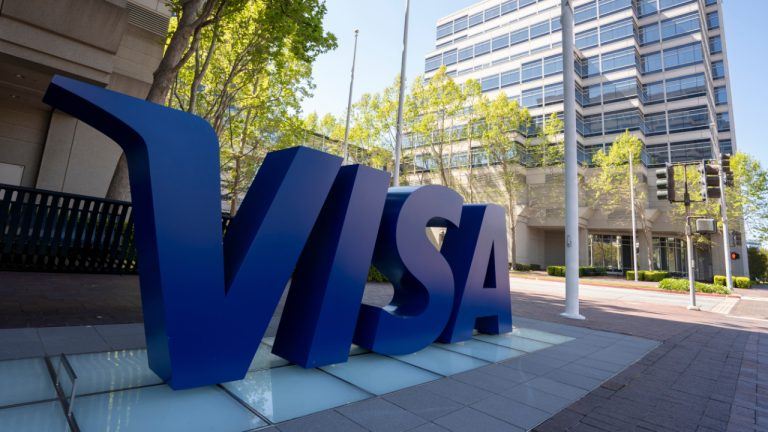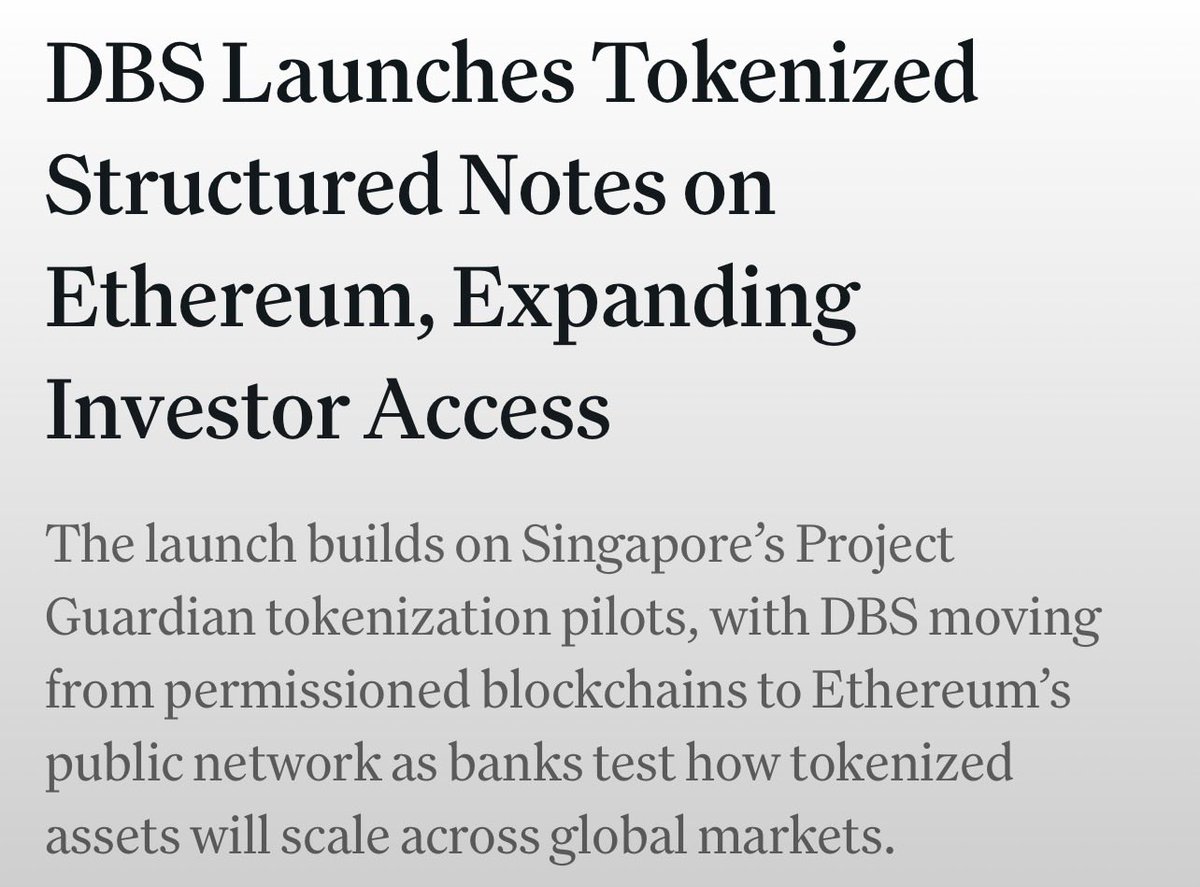Summary
The bank joins a list of financial services firms that have debuted or are considering stablecoin initiatives.
Source: bitrss-crypto-world-news

AI News Q&A (Free Content)
Q1: What are tokenized structured notes, and how do they operate on the Ethereum blockchain?
A1: Tokenized structured notes are financial instruments that have been digitized using blockchain technology, specifically Ethereum in this context. They operate by creating digital tokens that represent the structured note, which can then be traded on the blockchain. This allows for greater transparency, reduced transaction costs, and improved liquidity compared to traditional financial instruments. Ethereum's smart contract functionality facilitates the automation of these financial transactions, ensuring that they are executed according to pre-defined rules without the need for intermediaries.
Q2: What is the significance of DBS Bank's initiative to issue tokenized structured notes on Ethereum?
A2: DBS Bank's initiative to issue tokenized structured notes on Ethereum marks a significant step in integrating traditional banking with blockchain technology. This move enhances the bank's digital assets offering and demonstrates its commitment to innovation in financial services. By utilizing Ethereum, DBS Bank can offer clients greater transparency and efficiency in their investment products, potentially attracting a new segment of tech-savvy investors who prefer blockchain-based assets.
Q3: How are stablecoins reshaping global finance according to recent scholarly articles?
A3: Stablecoins are seen as a major evolution in the financial sector, providing enhanced stability, reduced fraud risk, and the potential for seamless global transactions. They bridge the gap between traditional finance and cryptocurrency, offering a stable value backed by assets or algorithms. Recent scholarly articles highlight their potential to address macroeconomic imbalances and improve efficiency in cross-border transactions. The integration of stablecoins into mainstream finance is considered a disruptive force that could rival the impact of artificial intelligence in the financial sector.
Q4: What are the challenges and opportunities associated with stablecoins and central bank digital currencies in Asia?
A4: In Asia, stablecoins and central bank digital currencies (CBDCs) face several challenges, including regulatory hurdles and the complexity of cross-border transactions. However, they also present opportunities for enhancing financial inclusion and reducing transaction costs. The use of stablecoins like Tether is explored, but uncertainties persist regarding their broader adoption. CBDCs, on the other hand, offer a state-controlled digital currency option that could improve monetary policy implementation and financial stability.
Q5: What are the benefits of using blockchain technology in the issuance of financial instruments like structured notes?
A5: Blockchain technology offers several benefits for issuing financial instruments like structured notes. These include increased transparency, as all transactions are recorded on an immutable ledger, and reduced costs due to the elimination of intermediaries. Enhanced security is another advantage, with cryptographic techniques ensuring the integrity of the transactions. Additionally, blockchain facilitates faster settlement times and improved accessibility for investors, potentially expanding the market for these financial products.
Q6: What are some recent developments in stablecoin banking initiatives by major financial institutions?
A6: Recent developments in stablecoin banking include major financial institutions like JPMorgan and PayPal integrating cryptocurrency solutions into their services. JPMorgan has initiated crypto-backed loans, while PayPal offers a 'Pay with Crypto' service. These initiatives reflect a growing acceptance of stablecoins in mainstream finance, driven by their potential to enhance transaction efficiency and global financial integration. The adoption of stablecoins by large institutions is seen as a key driver of their future growth and acceptance.
References:
- Ethereum
- Banking 2.0: The Stablecoin Banking Revolution -- How Digital Assets Are Reshaping Global Finance
- Stablecoins and Central Bank Digital Currencies: Policy and Regulatory Challenges





